Foiling tech coming to a town near you
Published on November 2nd, 2020
Paul Bieker may not be the best known yacht designer in the sport, but he quietly has been an engineer for Oracle Team USA in the America’s Cup, advancing technology from 2007 to 2017.
Based in Seattle, Bieker’s projects typically push the boundaries for performance, and while he is sitting out the 36th America’s Cup, Goskagit.com reports how his experience with foil design may prove to have far greater impact:
Before roads and automobiles were commonplace, daily travel by ferry — on smaller boats that covered shorter distances than today’s Washington State Ferries routes — was prevalent on Puget Sound.
An Anacortes company, Bieker Boats, is preparing to design a modern, high-tech ferry that could restore passenger-only routes to parts of the region and possibly support increased use of over-water commutes around the world. The local company is working on the design in partnership with Glosten, a Seattle-based naval architecture and marine engineering firm.
Bieker and Glosten aim to design an approximately 100-foot boat that could ferry about 150 passengers at high speeds — 35 knots being the target — and with low environmental impacts. Design of the boat, called a foil or hydrofoil ferry, is expected to be complete in 2021.
“That’s almost twice the speed of today’s state ferries. It’s very fast,” Washington Maritime Blue Board Chair Joshua Berger said. “Going fast and doing it with low to zero emissions, that’s the trick here.”
Explains Bieker, “What a hydrofoil boat does is it carries the weight of the boat on wings instead of carrying the weight of the boat on a hull, and the wings have a lot less surface area than a hull, so the boat has a lot less friction, a lot less resistance.”
Less resistance means less power, which ultimately requires less fuel. Hydrofoiling has been shown to reduce a boat’s drag, horsepower and fuel demand up to 50%, while the reduced demand combined with renewable energy-powered batteries could make future commuter boats operate with zero carbon emissions.
“That’s the goal,” Berger said.
Bieker and Glosten previously developed a conceptual design of the foil-fast ferry. The upcoming work will dig into details to make it construction ready.
Bieker said he’s excited about his company’s role in the project, as well as the potential for other local companies he worked with while building America’s Cup boats — such as Jim Betts Enterprises and Janicki Industries — to become involved in eventual construction.
“I think if we establish a good design for the foil ferry and an efficient way to build them, we could be building them up here for quite a while,” he said. “The economic benefits to the local area could be significant.”
Additionally, project partners are also looking at technology to use on the foil-fast ferries to help protect the region’s endangered Southern Resident orcas.
“We know that it’s quieter and cleaner, but we need to make sure it’s safer, too,” said Washington Maritime Blue Board Chair Joshua Berger. “It’s important to do marine mammal detection to avoid vessel strikes.”
Berger said it’s possible the first foil-fast ferry could hit the water by 2023 and begin alleviating freeway congestion.
“We know the passenger ferries we have now do not meet the demand across the entire region,” he said. “There’s a level of confidence that this could be a vessel that operates all over Puget Sound, if not nationally and internationally.”


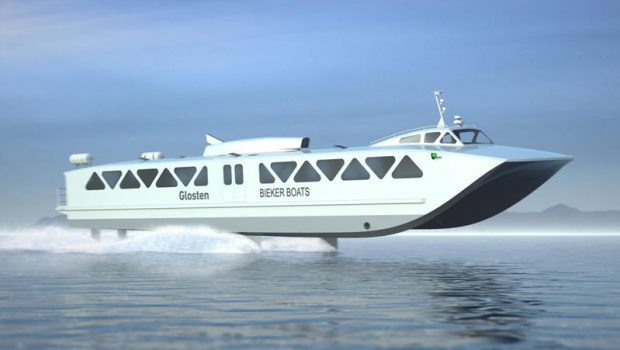


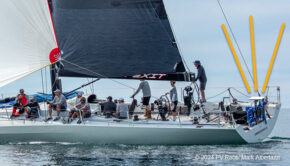
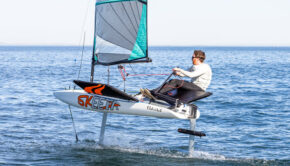
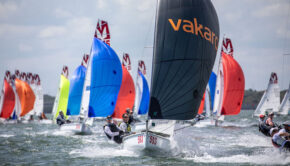
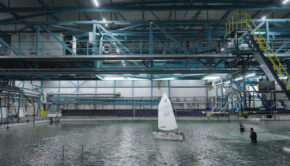
 We’ll keep your information safe.
We’ll keep your information safe.